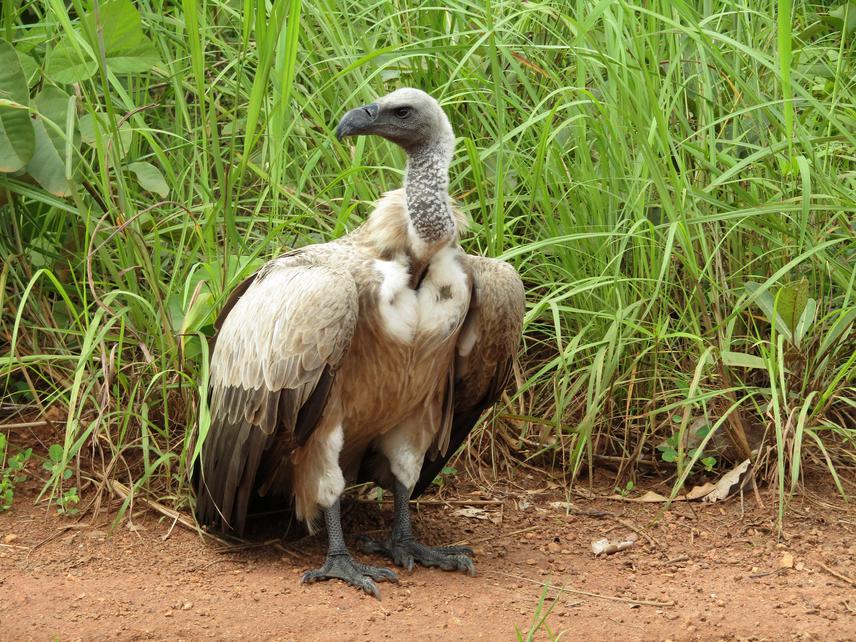Irène Blondelle Kenfack
Other projects
17 Jan 2025
Conserving Critically Endangered Hooded Vultures in Northern Cameroon by Combating Cross-Border Trafficking and Identifying Hot-Spots of Persecution Risk
There is an increasing evidence to suggest that retaliatory kills and persecutions by people, hunting for trade, and deliberate poisoning are among the major threats to the conservation of vultures in Africa and, elsewhere globally. This mostly occurs outside protected area systems, in part due to absence of enforcement and protection. Based in the Northern Region of Cameroon, within vicinity of the Benue-complex protected area system, this project aims to assess the current population status of vulture species and raise awareness campaigns to improve the conservation of vultures.

Vultures are important scavengers, providing essential ecosystem services by feeding on carcasses and, thus reducing the risks of diseases transmission, particularly in humans. Unfortunately, virtually all vulture species have undergone unprecedented decline over the last decades (BirdLife International, 2020). In many parts of Africa, studies have been conducted on vulture species (Pomeroy et al. 2014; Ogada et al. 2016; Campbell 2016; Di Vittorio et al., 2018; Deikumah, 2019). However, as far there have been, no detailed scientific study has been carried out of the protected areas of Cameroon in order to reveal detailed information on the current status of vulture species and their ecology (Scholte, 1998). This information is a prerequisite to develop any conservation strategy at both local and regional levels (Buij et al. 2016; BirdLife International 2018). This project occurs in order to assess critically endangered vulture’s species of Northern Cameroon and engage local community on their conservation.
The mains method to achieve objective will be through: vulture’s surveys (road survey and vantage point count), socio-economy survey (interviews and focus group discussion through questionnaires) and, community engagement (workshops) and awareness campaign. This work will provide detailed information on vulture’s species in Northern Cameroon, assess perceptions of local towards vultures. We will also make local people aware of the necessity of conservation of this group of birds. The distribution and abundance of three critically endangered vultures (Gyps rueppelli, Necrosyrtes monachus and Gyps africanus) and one which is endangered (Torgos tracheliotos) according to IUCN Red List will be assessed to determine population status.
Immediately, the project results will be useful in assessing pressures on vultures, informing conservation initiatives outs and inside protected. The project will be for 12 months.